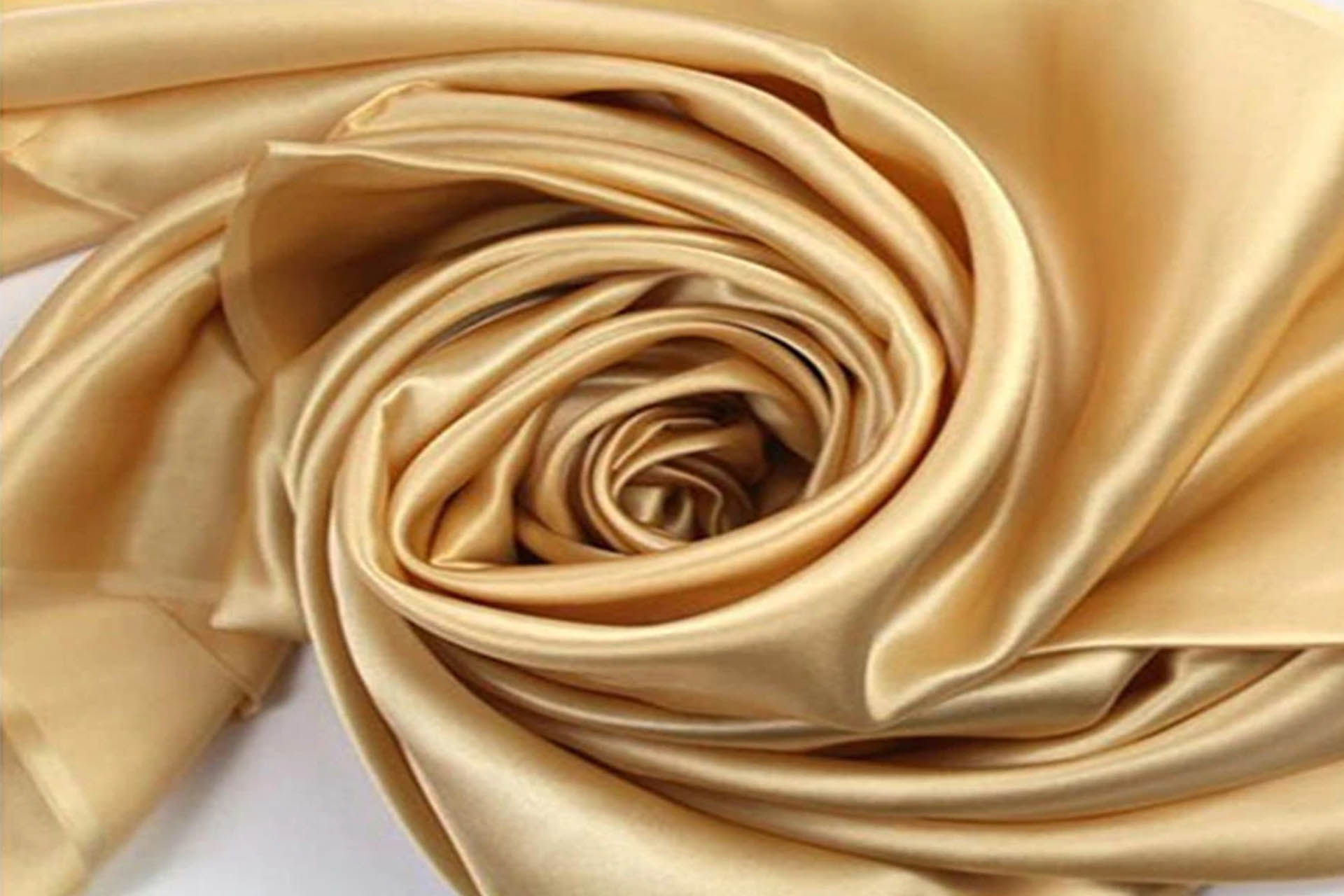Silk is the most grounded characteristic material on the planet. This material was simply as of late outperformed in quality by alab-built biomaterial, yet it remains the most grounded texture made through normal procedures.
In spite of its huge rigidity, silk is for the most part prized for different reasons. Silk’s delicate quality has made it a fervently wanted ware since the beginning, and this straightforward fiber has constructed incredible exchange courses and changed societies all through the Old World
Included a characteristic protein fiber, silk for the most part comprises of fibroin, which is a protein that particular sorts of creepy crawly hatchlings discharge to make covers. While different bugs likewise produce silk-like substances, the vast majority of the world’s silk is gotten from Bombyx mori hatchlings, which are worms that lone live on mulberry trees.
In certain lighting conditions, silk delivers a sparkling optical impact, which is because of the triangular crystal like structure of silk strands. These crystals reflect light at different edges, which brings about the unobtrusive rainbow tone that has made silk so popular.
Initially, people gathered wild silk to make simple textures. While worms turn silk in the wild in parts of China, India, and Europe, wild silk is never accessible in huge enough amounts to fulfill the requirements of out and out material creation.
Development of trained silk began in China. One bit of archeological proof dates the utilization of silk textiles in China back to 6500 BC, and the old Chinese absolutely utilized silk as ahead of schedule as 3600 BC.
While verifiable records of the inception of silk fabricating in China are to a great extent lacking, Chinese legends acknowledge Empress Leizu for the advancement of sericulture, which is the craft of making silk. In the beginning of Chinese culture, just the honorability wore silk, yet as Chinese human advancement created and got wealthier, everyday citizens began wearing this delicate and tough texture too.
Silk generation in China in the end prompted the advancement of unmistakable pre-mechanical exchange courses. The Silk Road extended from China to Western Europe, and Chinese vendors went all over this exchange course to trade silk for the items of inaccessible countries.
For ages, the insider facts of sericulture were the most prized and monitored bits of information on the Chinese respectability, however inevitably, data on the best way to make refined silk spread to Korea and India during the initial not many hundreds of years AD. India, Thailand, and other Asian countries previously had profoundly created sericulture forms now, yet the Chinese strategy for making silk was viewed as unrivaled.
In view of constrained legends and chronicled records, silk may have likewise been created in the West during the far off past. Whatever the case might be, silk was profoundly prized by Westerners as far back as Roman occasions, and the prevalence of this uncommon and baffling substance just developed during the Medieval time frame.
By the eleventh century AD, silk creation was far reaching all through Europe. Numerous Italian city-states, for example, Lucca, Venice, and Florence, were exceptionally financially dependent on silk generation during the Middle Ages, and the silk business step by step spread to France and Spain.
Ruler James I acquainted silk generation with the New World in the seventeenth century, and American states, for example, Connecticut and Massachusetts quickly became center points of silk creation. World War II cut America off from Asian silk, and thus, American enterprises created engineered substitutions, for example, nylon.


